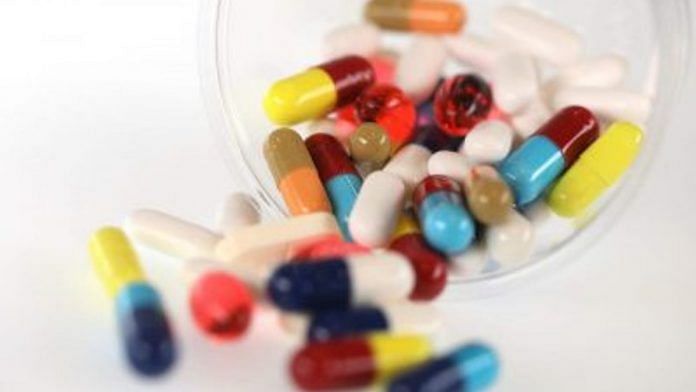Health scares exist only because common-sense assumptions in healthcare do not grab the attention of editors at top news sites.
I’ll refrain from saying there’s an epidemic of health scares, because overuse of the word “epidemic” is a common scare tactic. But let’s just agree there are a lot of them. Is it too many? Well, when it comes to health scares, there’s probably no safe level.
That phrase is another common tactic. Last month a study made the rounds of news sites warning readers that there’s no safe level of alcohol consumption.
That could reasonably be said of heavy metals such as arsenic, and sometimes there are real epidemics, such as Ebola. But overuse of scary phrases can make it confusing for people to figure out how to live a healthy lifestyle.
The latest alcohol scare started with a study published in the Lancet. This meta-analysis of other studies primarily demonstrated the harms of heavy drinking. Perhaps to drum up attention, it was propelled into the media with a press release warning about the dangers of any drinking at all. A CNBC headline was typical of the presentation: “No Amount of Alcohol Is Safe, Health Experts Warn.”
In a more skeptical analysis, statistician and risk expert David Spiegelhalter pointed out there was very little difference measured between no drinking and one drink a day. The study itself showed that there were 918 health problems per 100,000 people consuming a drink a day, versus 914 similar problems for non-drinkers. And that doesn’t mean that alcohol directly caused those four people to have health problems.
But at least the media weren’t declaring an epidemic as happened with recent claims about vitamin D deficiency. This “epidemic” broke out not because people were getting less vitamin D than they used to, but because health authorities changed the threshold for “normal.”
Until 2011, deficiency was defined as less than 20 nanograms per milliliter in a blood sample. Then the Endocrine Society changed the threshold to 30 nanograms per milliliter. Because millions of people have vitamin D levels in the previously normal range between 20 and 30, the change created the appearance of an epidemic, but one with no known health consequences.
Last month, Kaiser Health News reported that the doctor behind the change, Michael Holick, has ties to a company making vitamin D diagnostics, to pharma companies that make supplements, and to the indoor tanning industry. (People can make vitamin D in their skin when exposed to UV light.)
For a patient a little low on vitamin D, most doctors would simply recommend a normal supplement, not megadoses or tanning or home diagnostics. That supplement probably doesn’t have much risk, and probably won’t have huge benefits either. But no study confirming that common-sense assumption would grab the attention of editors at top journals and news sites. That’s what health scares are for. –Bloomberg



